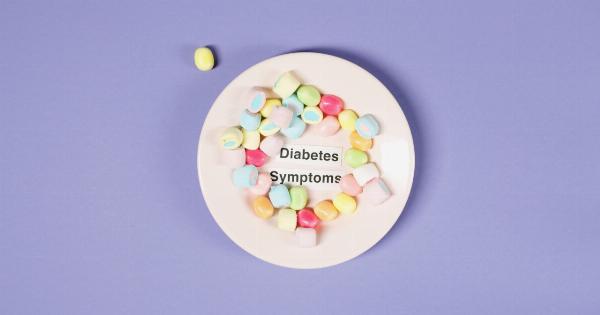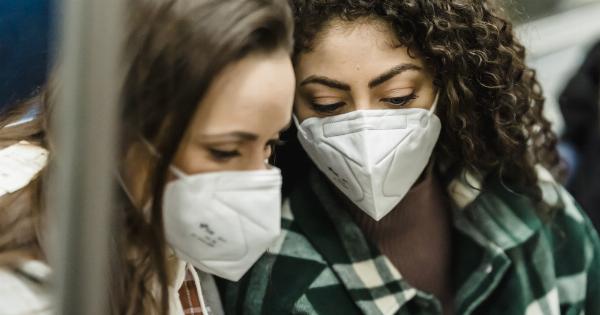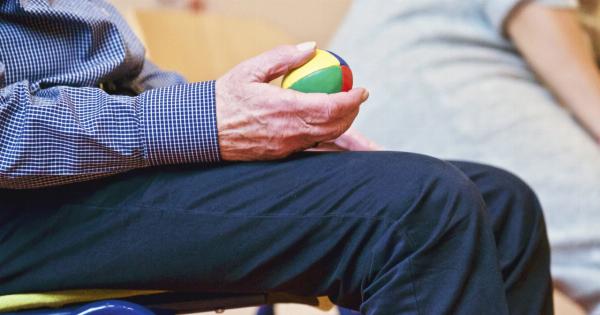Sleep apnea is a condition that affects millions of people worldwide. It is a disorder where the upper throat muscles repeatedly collapse and obstruct the airway during sleep.
This results in interruption of breathing and can lead to insufficient oxygen supply to the body. If left untreated, it can cause serious health problems such as high blood pressure, stroke, and heart failure. Therefore, it is essential to identify the signs and symptoms of sleep apnea and seek medical intervention immediately.
Read on to find out if you are at risk for this condition.
What is Sleep Apnea?
Sleep apnea is a common sleep disorder that occurs when your breathing is repeatedly interrupted during sleep. It causes a pause in your breathing or shallow breathing while you sleep.
These pauses or interruptions can last from few seconds to minutes and can occur up to 30 times or more per hour. It may lead to a reduction in the amount of oxygen that circulates through your body.
Types of Sleep Apnea
There are three types of sleep apnea: obstructive sleep apnea (OSA), central sleep apnea (CSA), and complex sleep apnea syndrome (CSAS).
1. Obstructive Sleep Apnea (OSA)
Obstructive sleep apnea (OSA) is the most common type of sleep apnea. It occurs when the soft tissue in the back of the throat collapses during sleep and blocks the airway.
This causes you to snore loudly and experience gasping or choking episodes during sleep.
2. Central Sleep Apnea (CSA)
Central sleep apnea (CSA) is less common than OSA and occurs when your brain fails to send the right signals to the muscles that control breathing.
As a result, the body does not make an effort to breathe during sleep, unlike obstructive sleep apnea (OSA), where breathing stops because the airway is blocked.
3. Complex Sleep Apnea Syndrome (CSAS)
Complex sleep apnea syndrome (CSAS) is a combination of obstructive sleep apnea and central sleep apnea. It is also known as treatment-emergent central sleep apnea (TE-CSA).
What are the Risk Factors for Sleep Apnea?
Several risk factors may increase your chances of developing sleep apnea. Some of these include:.
- Excess weight or obesity
- Narrow airway
- Large neck size (>17 inches in men and >16 inches in women)
- Family history of sleep apnea
- Being male
- Age (40 or above)
- Smoking
- Excess alcohol consumption
- Sedentary lifestyle
- Chronic nasal congestion
Do You Have Sleep Apnea? A Quick Test Can Tell You
If you suspect that you might have sleep apnea, take this quick test to determine your risk of sleep apnea.
1. Do you snore loudly?
Snoring is the most common symptom of obstructive sleep apnea. If you snore loudly, especially in combination with any of the other symptoms listed below, you may have sleep apnea.
2. Do you feel tired or sleepy during the day?
Persons with sleep apnea often wake up feeling tired or unrefreshed even after a night’s sleep. They may also experience excessive sleepiness or feel drowsy during the day.
3. Do you experience gasping or choking during sleep?
Interrupted breathing can cause gasping or choking episodes during sleep. If you experience any of these symptoms, you may have sleep apnea.
4. Do you have high blood pressure?
High blood pressure is a common sign of sleep apnea. This is because sleep apnea can cause a sudden drop in blood oxygen levels, leading to an increase in blood pressure.
5. Do you have a large neck size?
A large neck size (>17 inches in men and >16 inches in women) is a risk factor that increases your chances of developing sleep apnea.
What Do Your Results Mean?
If you answered yes to any of the questions above, you may be at risk for sleep apnea.
However, a diagnosis of sleep apnea can only be made by a healthcare professional after an evaluation that may include a polysomnography test, or a home sleep apnea test.
It is essential not to ignore the signs and symptoms of sleep apnea.
Your healthcare provider may recommend treatment options such as oral devices, continuous positive airway pressure (CPAP) therapy, behavioral therapy, or surgery, depending on the severity and type of sleep apnea.
Conclusion
Sleep apnea is a severe sleep disorder that can lead to several health problems if left untreated. It is essential to identify the signs and symptoms of sleep apnea to seek medical intervention immediately.
If you are at risk for sleep apnea, take the quick test listed above and contact your healthcare provider for evaluation and treatment.





























